As the Formula 1 season gears up for another thrilling installment, Haas F1 Team has revealed the intricacies of its latest creation, the VF-24. The team is building on the developmental progress initiated in 2023, and the spotlight is on the notable alterations in the design of the sidepods.
One of the standout features is the evolution of the downwash ramp-style sidepod solution, a development that began at the United States Grand Prix last season. Haas faced challenges in fully committing to this design due to the lower Side Impact Spar (SIS) positioning. However, with the VF-24, the team has strategically repositioned the SIS, enabling the expansion of the sidepod undercut’s size and refining the inlet’s position and shape.
A distinctive blister on the floor’s surface confirms this adjustment, mirroring the design seen in the Red Bull RB19. The elongated lower lip resembles the RB19’s configuration, dictating the airflow’s path into or around the sidepod inlet.
The upper surface of the sidepod boasts a smoother profile, departing from the shallow gully adaptation introduced in a late-season update. A cooling cannon, facing downward, divides the sidepod and engine cover bodywork, directing the outlet towards the rear suspension and coke bottle region. The engine cover features a shelf-like extension, a prevalent design in the current F1 landscape, guiding airflow contours at the car’s rear.
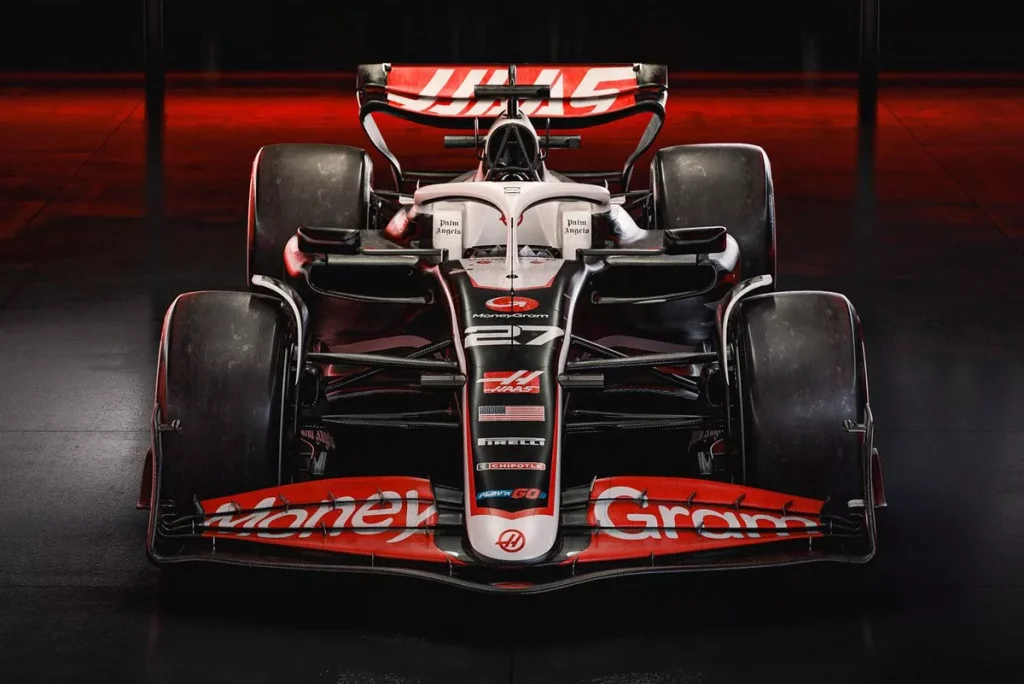
Read more:
- Ferrari Secures Hamilton for F1 2025 Amidst Mercedes Exit Confirmation
- Ryan Hunter-Reay, Conor Daly Join DRR for Indianapolis 500
- Court decision goes against De Vries in loan and F1 earnings dispute
The cooling gills, a prominent feature in the 2023 update, have been downsized, providing potential flexibility for adjustments in extreme temperature conditions.
Moving to the airbox layout, the upper section of the engine cover has been widened to accommodate ancillaries positioned above the power unit. The triangular roll hoop remains, now an internal component within a more conventional conical airbox layout. Airbox ears are retained but sit closer to the airbox due to increased width.
At the front of the car, Haas retains the outwashing slot gap separator brackets and introduces a new feature inspired by Mercedes. The three rearmost flaps are semi-detached from the endplate, twisted across the plane, with an additional winglet added between them and the upper one. This design aids in controlling outwash in collaboration with the endplate and diveplane, forming an S-shaped appendage.
Moving to the rear of the car, Haas appears to draw inspiration from Alpine, featuring a semi-detached rear wing tip solution. The leading edge of the tip section is arced to align with the mainplane, sitting on top of a spar rather than being connected to the mainplane and endplate juncture. This configuration allows for a redesign of the tip section and the rear endplate cutout, enhancing downforce and reducing drag.
A bi-plane beam wing arrangement complements this approach, providing flexibility to balance downforce and drag levels based on circuit characteristics.
While the rendered images offer a glimpse into Haas F1 Team’s design philosophy for the VF-24, it’s important to note that teams often keep certain details under wraps until the official car debut. As Formula 1 enthusiasts eagerly await the start of the season, Haas has certainly provided a feast for the eyes with its innovative design elements, leaving fans excited about the on-track performance of the VF-24.

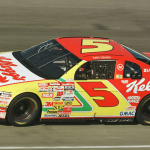






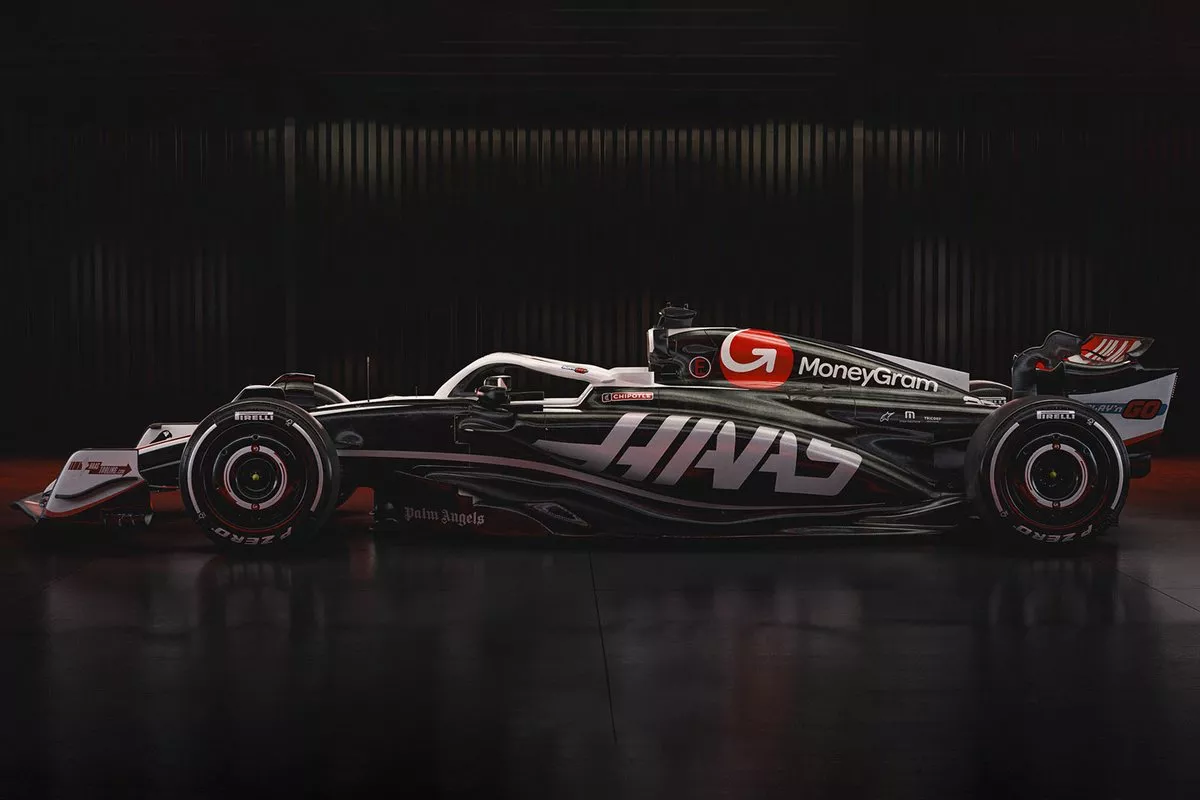
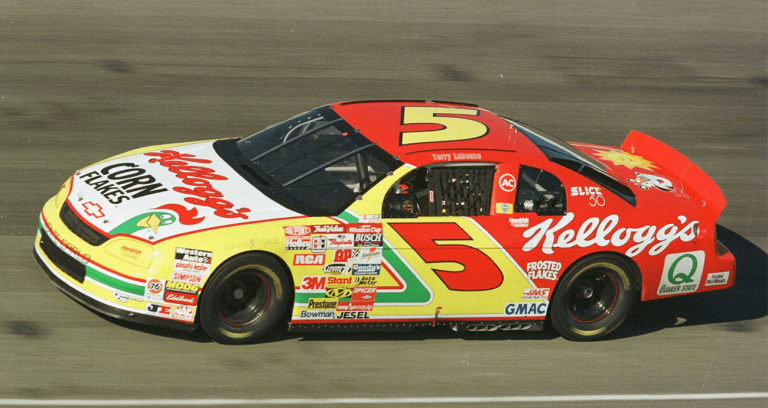
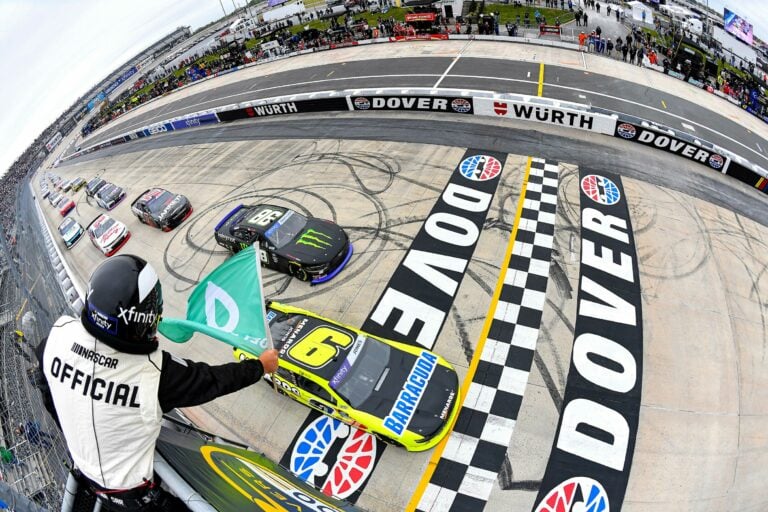
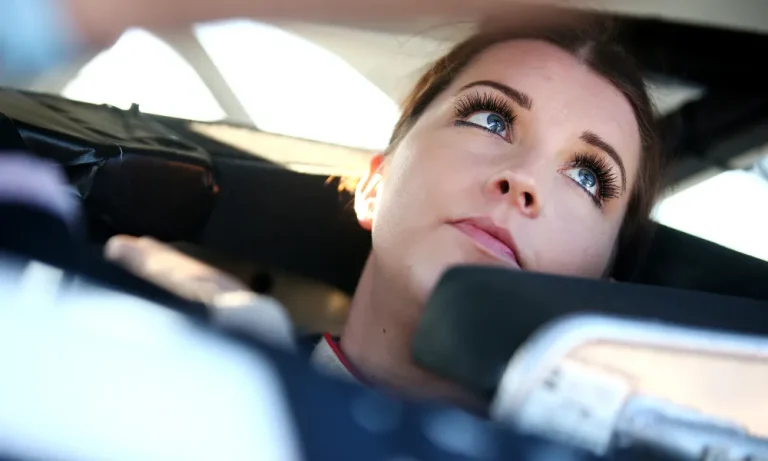
+ There are no comments
Add yours